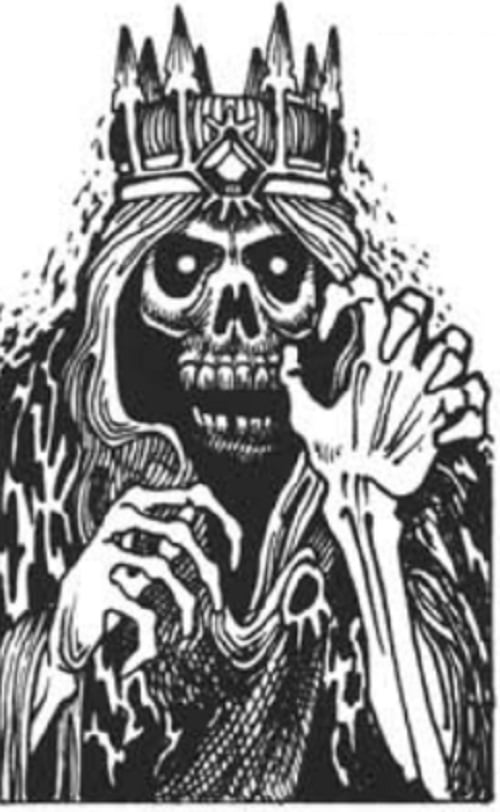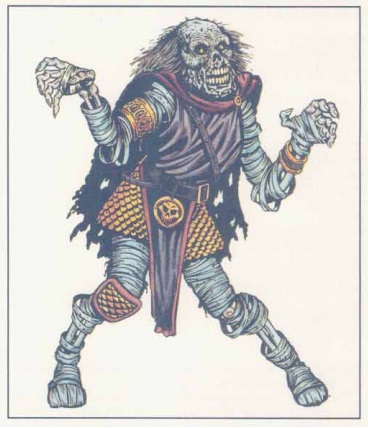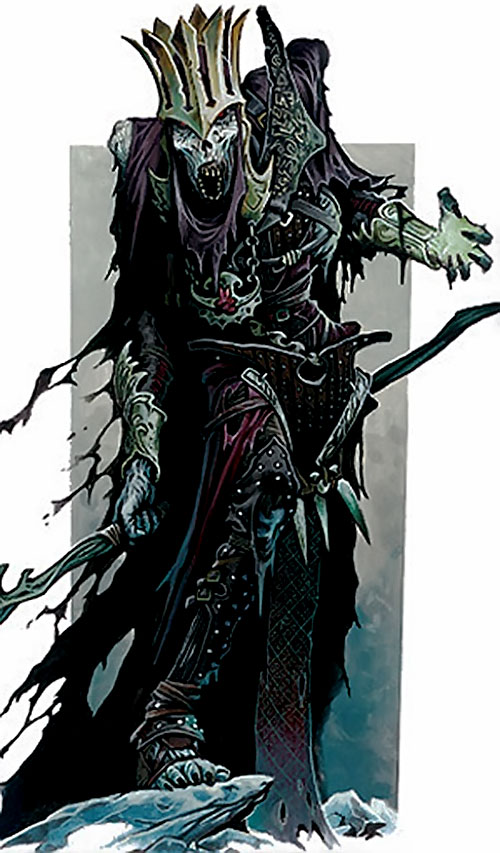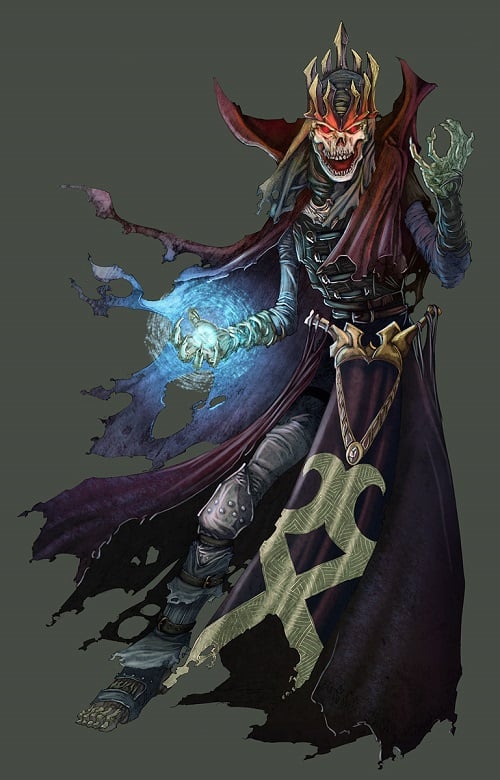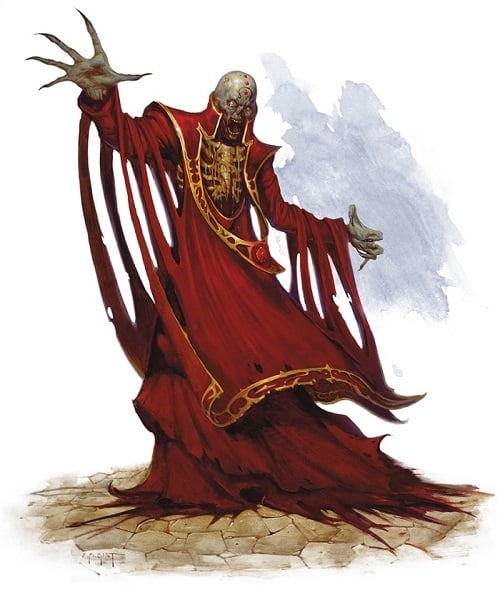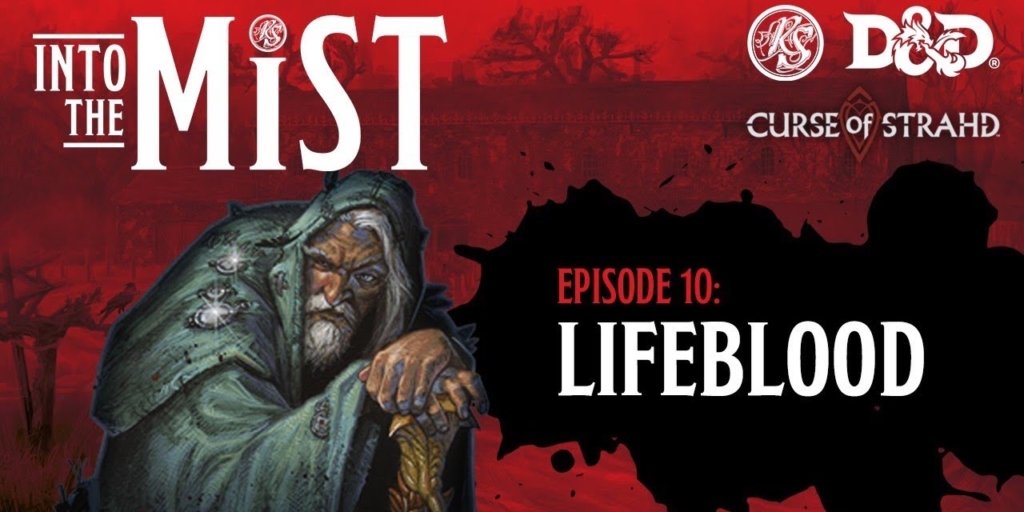D&D Monster Spotlight: Liches Get Stitches
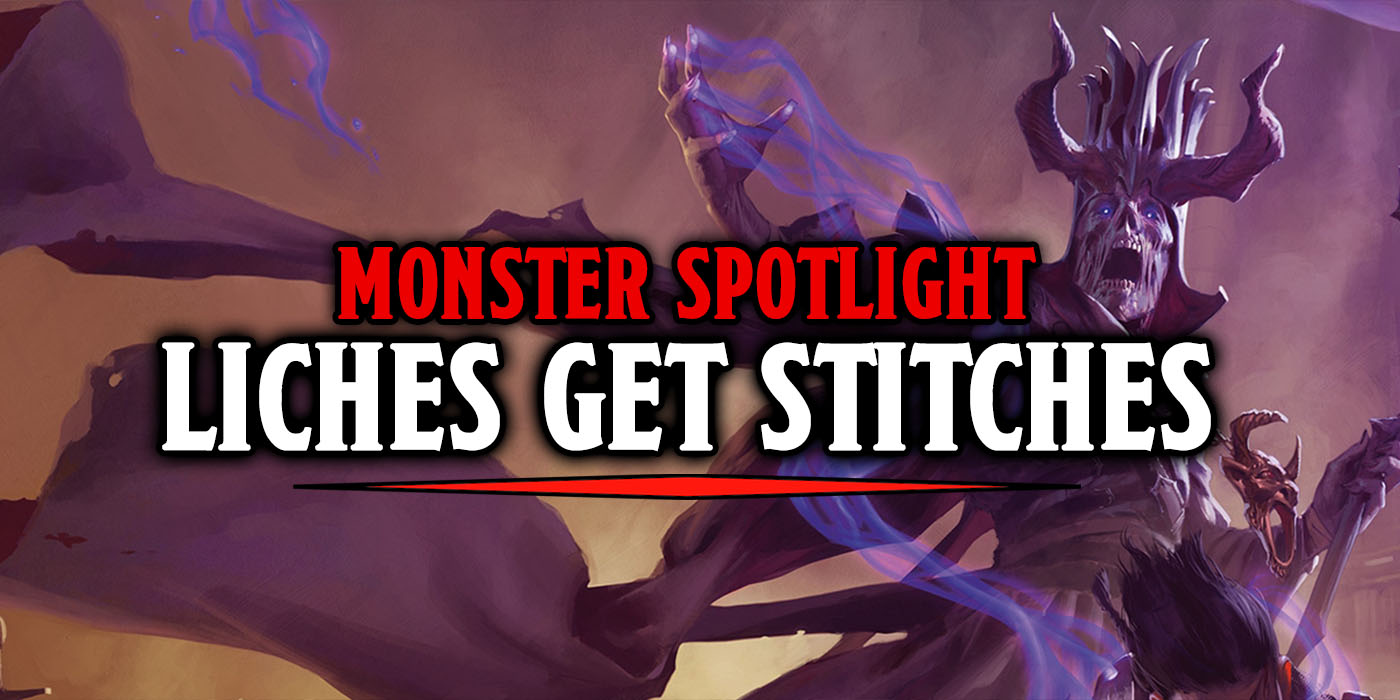

Liches: Do they deserve kisses or stitches? Let’s take a look at their evolution through the years and decide for ourselves with this week’s Monster Spotlight.
First Edition
Liches start out powerful, immune to non-magical attacks and many kinds of magical attacks, able to cast spells as a magic user of at least 18th level, and have quiet a few hit dice backing them up. This is end-game big-boss territory. They were once very powerful magic users but 1E’s Monster Manual doesn’t explain how that person became a lich, but does describe them as looking like a wight or a mummy with a skeletal form, rags that were likely formerly very nice clothing, and empty glowing eye sockets. You’d have to fill in the rest of the blanks with your imagination.
Second Edition
2E explains how a powerful magic user could become a lich – there’s a enchantment and a potion that should be poison and a full moon involved. I bet without much more explanation you’ve filled in most of the rest of the blanks yourself. This transformation also requires a “system shock survival throw” to be passed or else the would-be lich would be instead permanently dead. I find this interesting because it includes an amount of luck and constitution. You don’t just get to magic your way into becoming an undead skeleton monster, it could go very wrong even if you do everything right. I like that, it makes liches more dangerous in my mind because it means that the magic user who went through that process was just a little bit reckless with their own well being. After a successful transformation most liches shed their old names and adopt new lichy pseudonyms. The Monster Manual lists “The Black Hand,” and “The Forgotten King,” as sample lich names. As you can see, the additional secret of becoming a lich is having a flair for the (often unintentionally cheesy) dramatics.
Third Edition
In third the process for becoming a lich is described as “unspeakably evil,” which is a bit of a departure from previous editions. Before a lich’s alignment is characterized as neutral but generally evil and then expanded in 2E to explain that while a lich doesn’t think in terms of good or evil by human standards, they also are past caring about life or death and are therefore seen as evil by the living. Now in third edition, liches are proven evil by the act of becoming liches. I think this makes the creature more boring in many regards. 3E also gives us a sample lich using an 11th level human wizard as the source, so I suppose they no longer had to be level 18 or higher.
Fourth Edition
If you’re looking for lich variants, 4E has you covered with Human Wizard Lich, Eladrin Wizard Lich, and Lich Vestige. Demi and Arch liches were introduced previously, but those always feel more like evolutions than variants to me. Eladrin Liches use entropic pulses and necrotic orbs and can use an action point to use second wind, while the Lich Vestige uses orb of obliteration, shadow ray, and death’s touch. Fourth edition also goes into great detail regarding the process and cost of a lich transformation, in case you or any of your players would like to take advantage of that information during a campaign. I had a sorcerer slash warlock who honestly probably would have.
Fifth Edition
Liches are by and large the same in 4E as in previous editions. It seems as though the writers decided to not mess with perfection, grabbed the best aspects from the prior monster manuals, and combined them into the latest rendition of a lich. They are strong within their lair now, though, bumping their challenge rating from 21 to 22 and the earned XP by 8,000 points. A lich encountered in their own lair can regain spell slots up to level 8, can transfer damage taken to an enemy within 30 feet, and can fall forth the spirit of a creature that previously died in the lair to fight for it.
Liches are incredibly interesting and fun monsters with so much potential in a campaign. Personally, I think the idea that they are always evil does a disservice to the creature because they are also always very smart and competent and that’s a perfect breeding ground for a conflicted former anti-hero or a morally ambiguous but not necessarily wrong or bad antagonist. Put a lich in your game, get creative with them, have fun.
What’s your favorite variety of lich? Have you encountered one in your a campaign yet? Do you have a favorite lich? Mine is ![]() .
.
Happy Adventuring!

